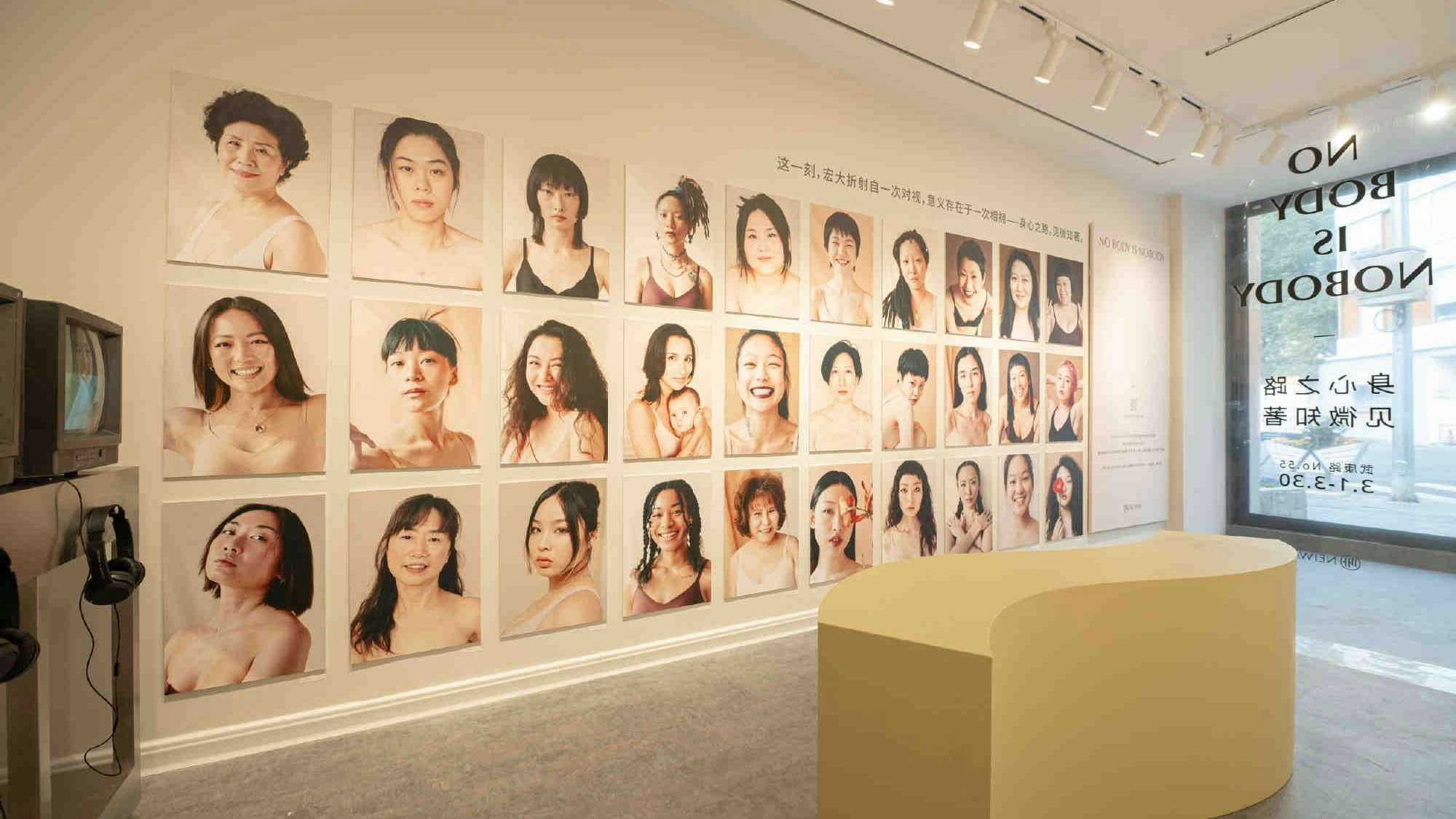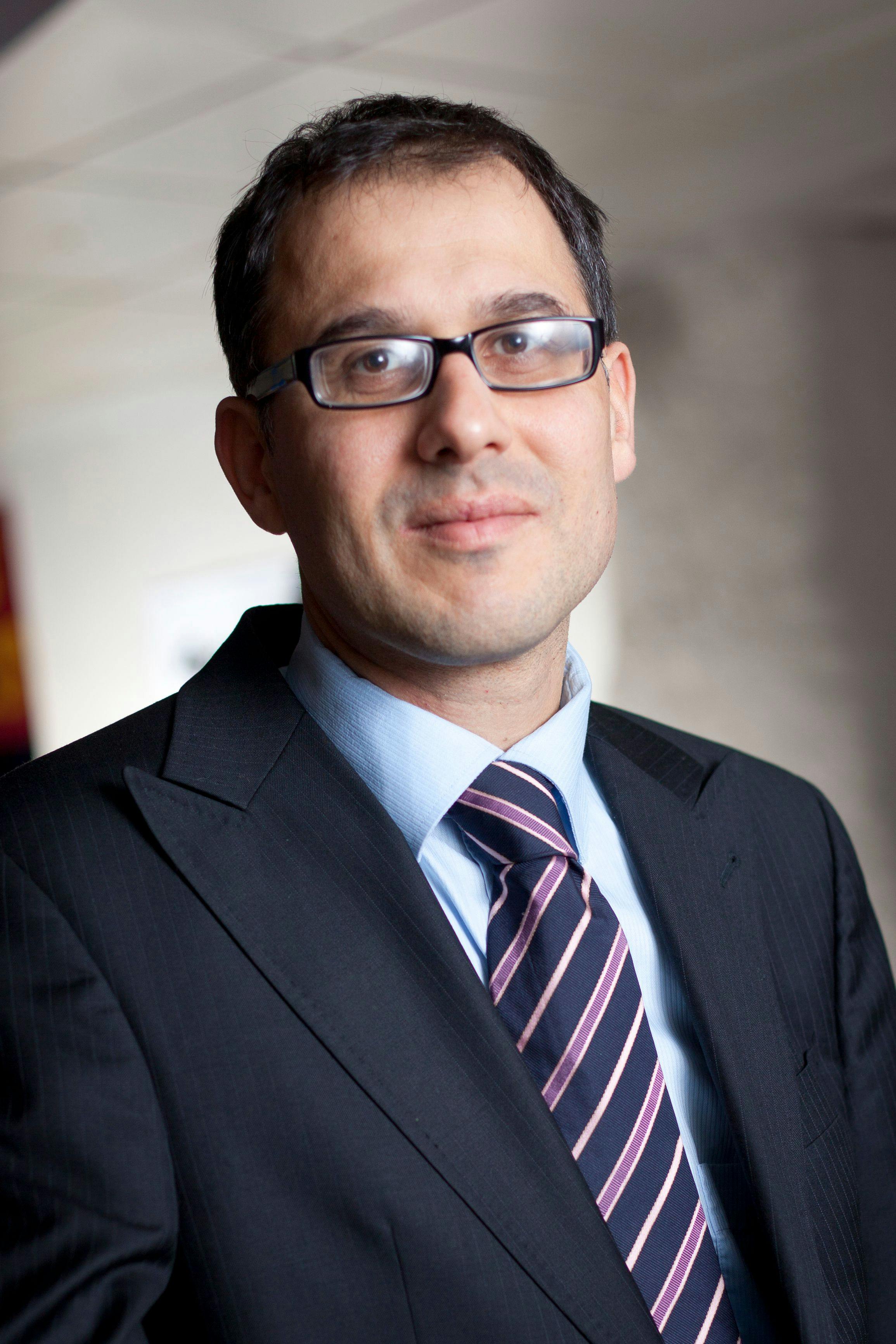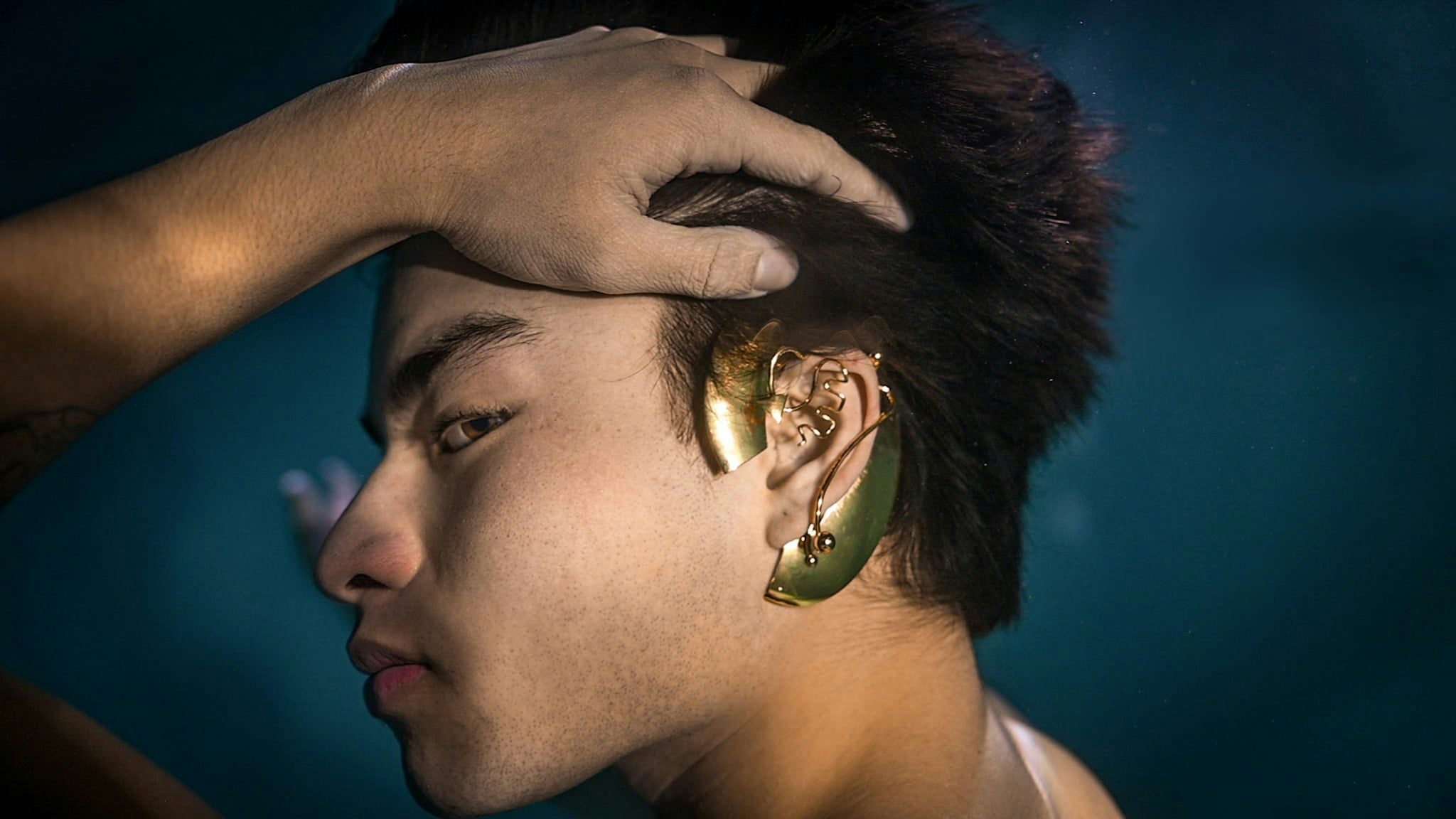It is hard for luxury executives to avoid the increasing significance of inclusion and diversity. Richemont mentions “inclusion” four times in its 2021 Annual Report — compared to just one mention of “diversity” in 2020. The rise of the Black Lives Matter movement has certainly been a catalyst for luxury groups to position themselves as a force for change on social issues. Indeed, the business case is compelling. Deloitte found that high-growth brands are more frequently establishing key performance metrics for diversity, equity, and inclusion (DEI) objectives versus their lower-growth competitors.
China is no different, and it would be a mistake to consider inclusion and diversity a back-burner issue here. It matters. For example, an Ipsos LGBT+ Pride 2021 survey revealed that 50 percent of mainland respondents (vs. 48 percent in the US) support companies actively promoting equality for LGBT people. Inclusive marketing is no longer a taboo subject here. In fact, an increasing number of brands have recognized, admittedly hesitantly, that inclusivity should be embedded in the marketing process.
Anti-discrimination#
Despite reported gains in gender equality in the country, women are still subject to commonplace chauvinism: nearly 10 percent of women respondents had experienced sexual harassment during their careers according to a recruitment site survey. Businesses are now taking a stance to highlight sexism and discrimination. For example: the personal care brand Lux’s “Unstoppable,” a campaign to fight the use of sexist labels. Featuring the popular artist Dylan Xiong, its music video has since gone viral and was performed on the reality show Sisters Who Make Waves. The message — to inspire women to rise above derogatory terms — resonates not only deeply with women audiences but raises awareness of prejudice amongst their male peers.

Breaking down barriers#
Social norms in certain parts of the mainland may be considered conservative compared to elsewhere, but recent change is obvious. Take the 2022 Beijing Paralympics Winter Games, which represented a global platform that transformed perceptions of disability. As such, there is a greater willingness for brands to break down barriers that have historically been less than inclusive. 2021 saw Niu Yu, who is an amputee, model at Shanghai Fashion Week. And Dior’s appointment of the transgender icon Jin Xing (for Dior J’adore, its signature fragrance) was a game-changer. Labels are also starting to look at inclusion from different perspectives. For example, Lululemon is helping to eliminate stigma against mental health through dedicated content that also focuses on a range of mindfulness tools. Interesting to observe is which luxury hotels in China are recommended on social media as being LGBT-friendly: word-of-mouth can be a more effective communication medium than highly branded content.
Subverting Stereotypes#
Although ideals of beauty and femininity are still very much reinforced by brand imagery, firms are actively seeking to eliminate stereotypes as part of their inclusive marketing strategies. See Victoria’s Secret’s “Be Yourself” (#做自己, 挺你) campaign, which featured the plus-size brand friend Yang Tianzhen. Or the Chinese underwear label Neiwai, which celebrates diversity via its “No Body is Nobody” campaign across multiple dimensions including age, ethnicity, and body type.

Meanwhile, Kilian and Bottega Veneta have challenged ageist stereotypes, collaborating with actresses Ning Jing and Yu Feihong, respectively, who are closer to 50 than 30 years of age. (Indeed, why can’t older women be the face of beauty, elegance, and sophistication?) Ridding communications of stereotyping is also about the projected codes of masculinity. For example, Zegna’s “What Makes a Man Bold?” campaign takes on preconceived ideas and reevaluates the definition of modern masculinity. This isn’t limited to campaigns alone: companies are also reconfiguring their product strategies. Lululemon, for instance, has extended its size offerings.
A Fast-Changing World#
Luxury executives are facing pressure to be more vocal and transparent about inclusion and diversity. The relevance varies across different geographical markets, yet transformation abounds. This means that executives need to develop global inclusive marketing strategies but also apply localized tactics appropriately. Some issues may be sensitive in China as in other markets, but luxury executives should not shy away from universal values that celebrate inclusive excellence. The alternative is for luxury brands to be left behind, even excluded, in the future.
Glyn Atwal is an associate professor at Burgundy School of Business (France). He is co-author of Luxury Brands in China and India (Palgrave Macmillan).


